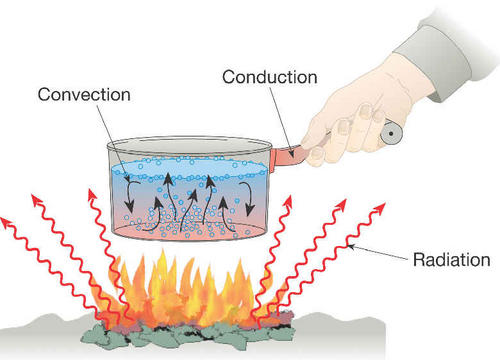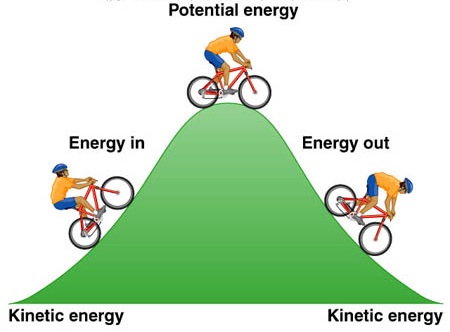

|
|

|


|
|

|
|

|

|

|
|
|
|
|
 | In the Tropospere, water vapor is free to rise in altitude because of the declining temperature of the atmosphere. However, at the temperature inversion, the overlying gas is warmer and so has lower density than the water vapor which it prevents its further rise. This Cold Trap keeps the water vapor below the Ozone Layer and shielded from the Solar ultraviolet radiation. If the water vapor was exposed to the Solar ultraviolet radiation, it would be broken apart into its constituent atoms, oxygen and hydrogen. The light hydrogen atoms would easily escape the pull of the Earth's gravity and be lost to space. The oxygen would be gobbled in other organic molecules effectively making it impossible for the water to reform. This likely is what happened on Venus. |
|

|
|

|